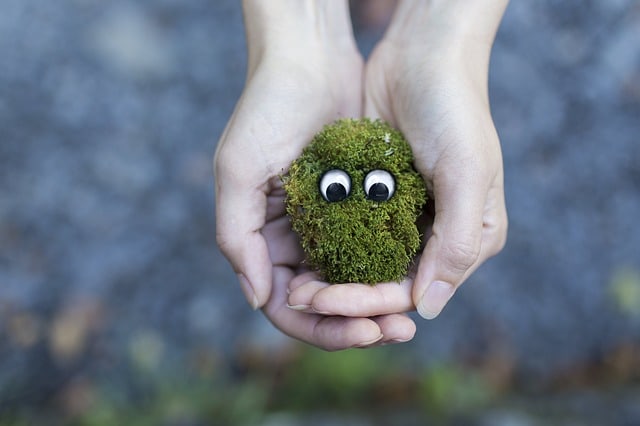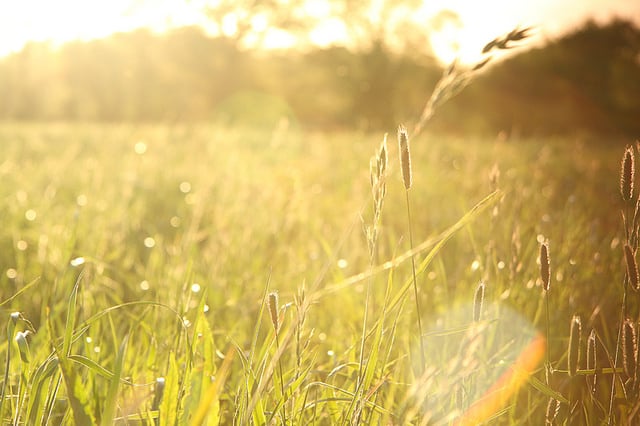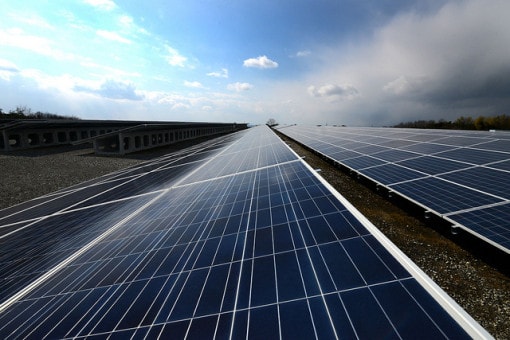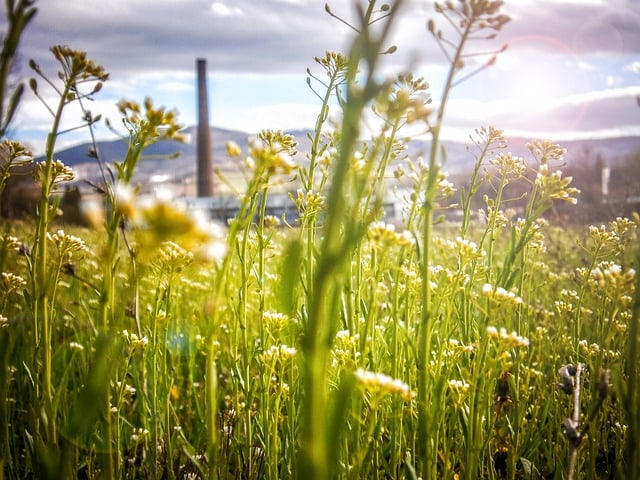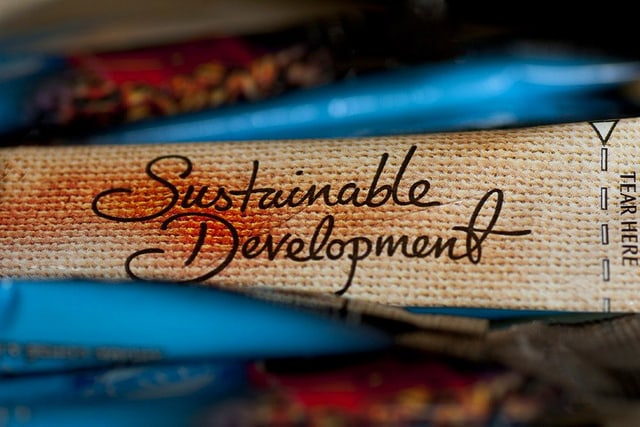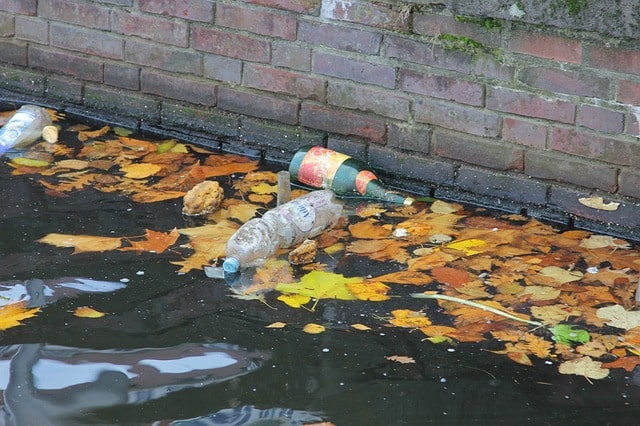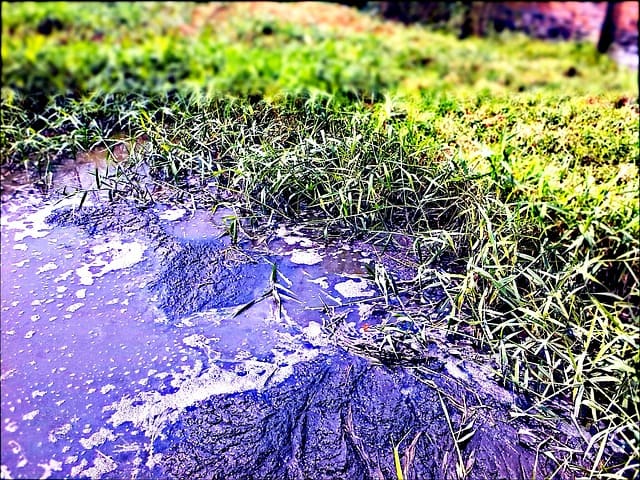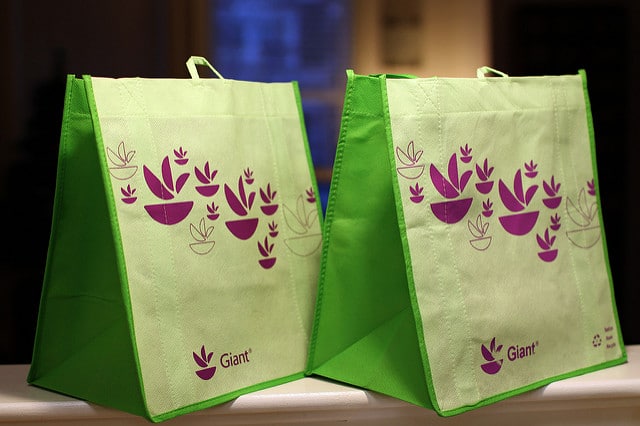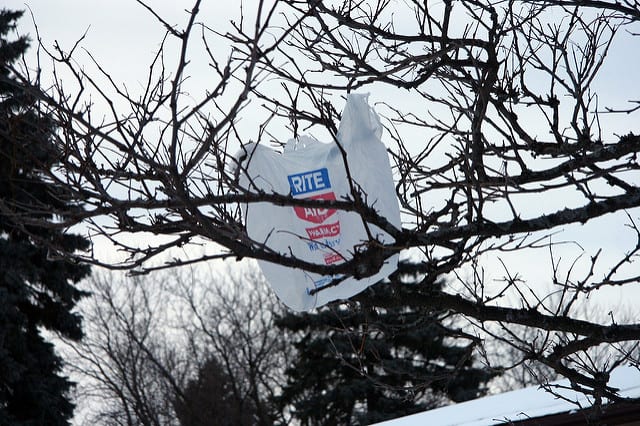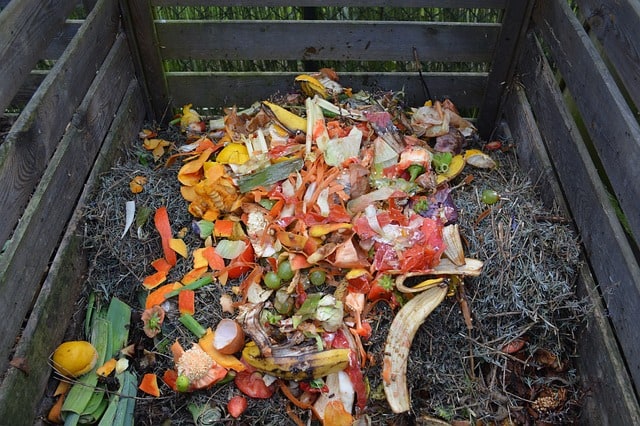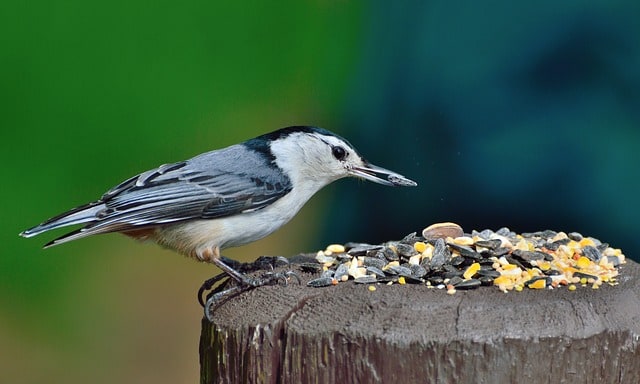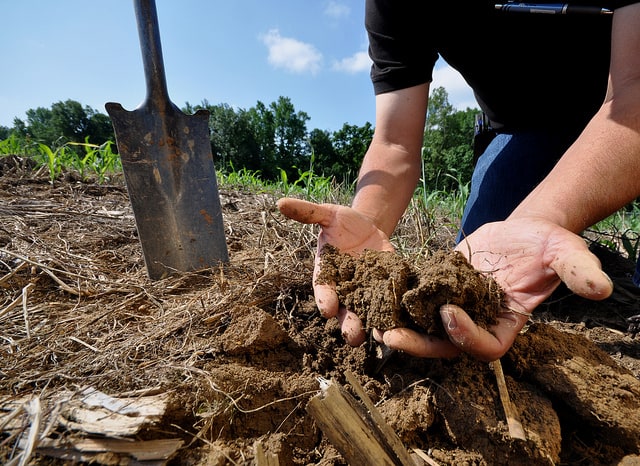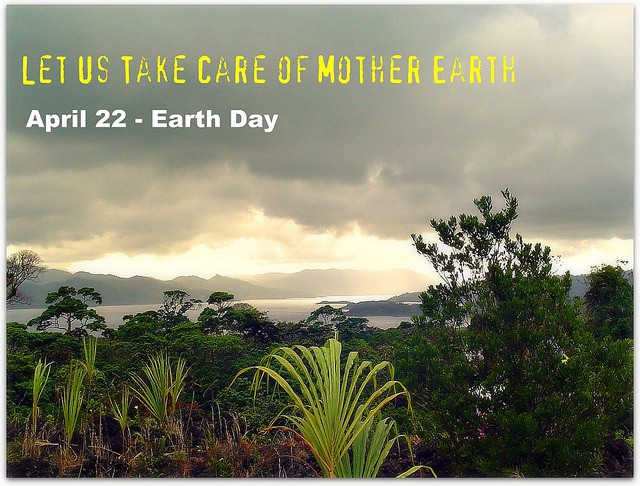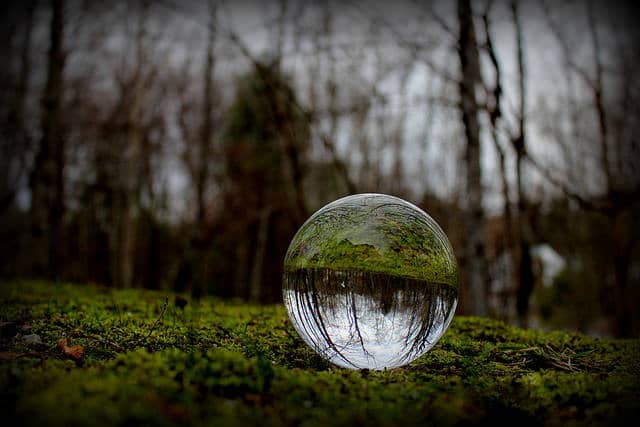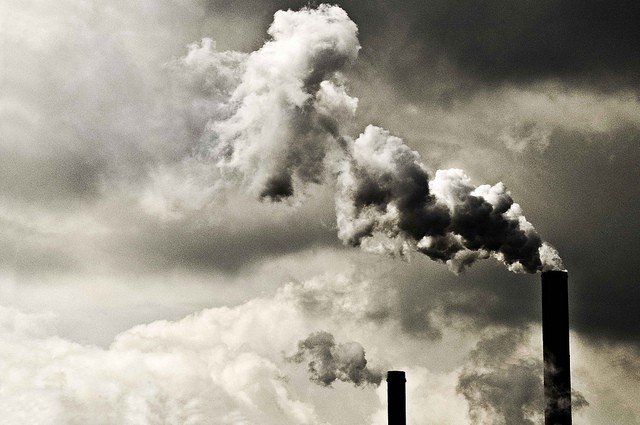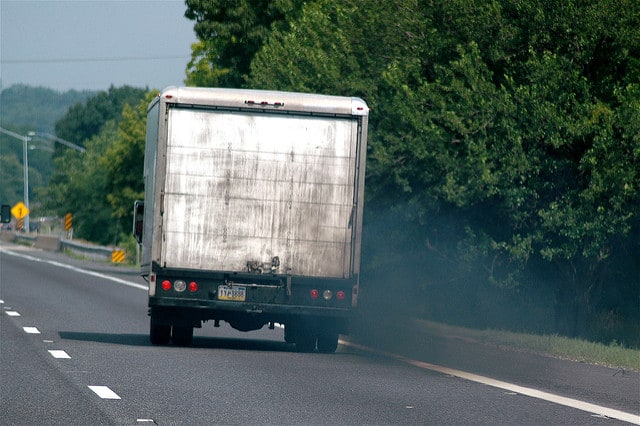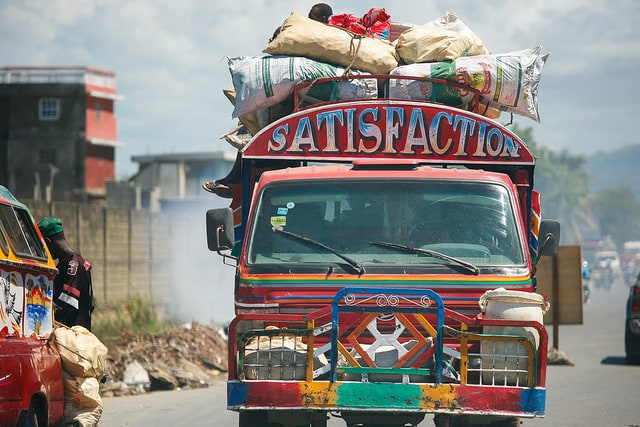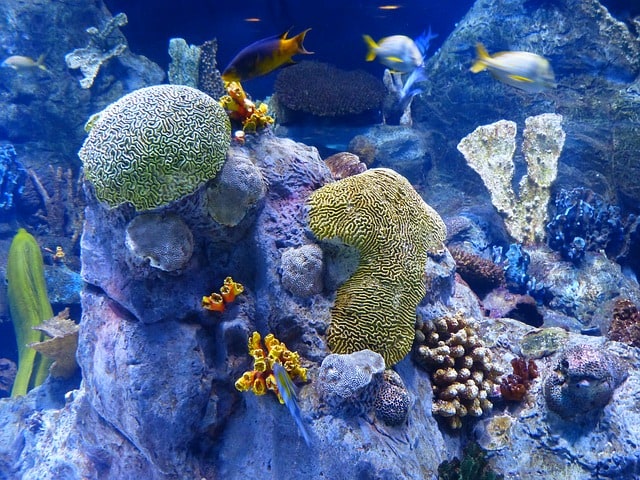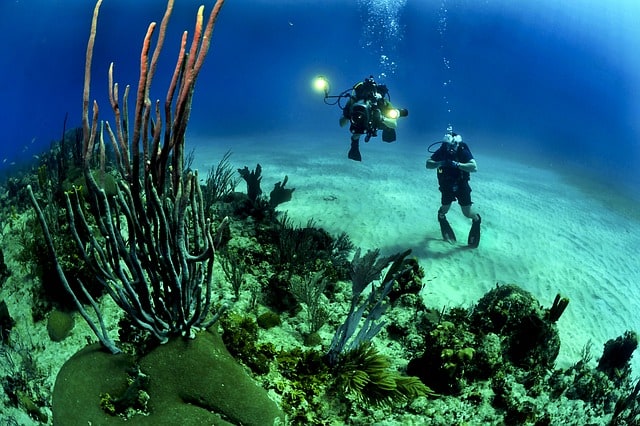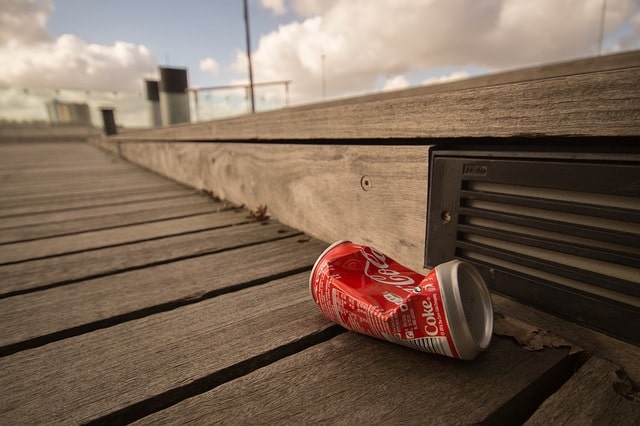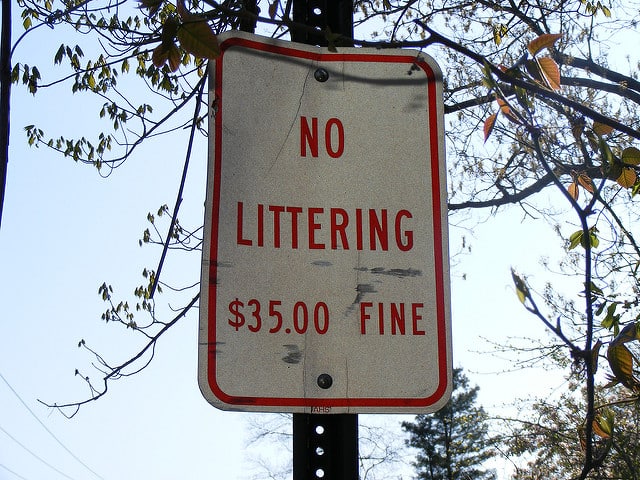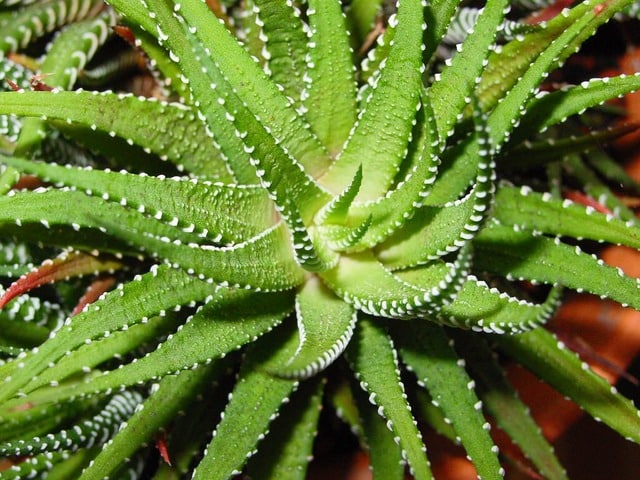Going Green: 35+ Stupendous Ways To Stay Green And Protect Our Planet
We only have one planet, Earth, and most of us have realized that it is important to do our part in order to protect it. For many people, however, saving the planet can seem like a daunting task. In case you are feeling overwhelmed, we have compiled a list of more than thirty five different ways that you can do in order to help save the planet. This list, of course, is not all inclusive, but it will definitely give you some great ideas about how to get started.
Below are 35+ different ways that you can do to save this planet and make it a better place for our future generations.
1. Change your light bulbs: Changing all of the light bulbs in your home from incandescent to fluorescent can make a huge difference. Not only will it save energy, which helps the environment, but it will also save you money on your electric bill.
2. Turn off electronics when you go to bed: Many people leave certain electronics, like computers and tablets, on all night or even on their chargers. This is a huge energy waste, and a ton of electricity can be saved simply by turning these devices off before bed.
3. Do dishes the right way: You can save a whole lot of water simply by not rinsing your dishes before they go in the dishwasher. Most dishwashers today can handle dishes that have not been rinsed, so do not waste the water.
4. Recycle your glass products: This seems like it should go without saying, but there is never anything wrong with a friendly reminder. Glass takes a very long time to decompose, so recycling glass products is incredibly important.
5. Use cloth or environmentally friendly diapers: Many parents have learned the financial benefits of cloth diapers, but if washing them is not up your alley, you can always purchase biodegradable disposables that help the environment just as much.
6. Do not use a dryer for your clothes: It does not take much effort to put a clothesline in your back yard. Hanging your clothes on a line will not only save on energy bills, but many also love the freshness that it gives their clothes.
7. Eat vegetarian: Committing to become a vegetarian or a vegan is certainly preferable to a meat-based diet, but if that is not a choice you are willing to make, what you can do is choose a day of the week that you will not eat any meat.
8. Do not wash your clothes in hot water: Simply switching to either a cold-cold cycle or a warm-cold cycle on your washing machine will go a long way in helping the environment.
9. Use cloth napkins in your home. If you are eating out, it might not always be possible to use cloth napkins. However, you can make the decision to not use paper napkins in your home, which will certainly help.
10. Recycle newspapers. With the growth of online news media, newspapers are becoming less and less relevant. If you still have a newspaper subscription, though, you can at least recycle all of the newspapers you receive.
11. Do not buy bottled water. Studies have shown that bottled water is typically no more pure than tap water. Filling a container with tap water and putting it in the fridge will typically render similar results to bottled water. If you do not want to drink tap water, there are a number of filters that can give you great tasting water without the plastic waste.
12. Shower instead of bathing. Baths typically use a whole lot more water than showers, so long as you are not showering for too long. Take quick showers instead of filling the bath tub.
13. Take shorter showers. Try and limit your shower time to five minutes or so. The more efficient you can make your time in the shower, the more water you can save.
14. Turn the faucet off while you brush your teeth. This is an old one, but it is still very important. A whole lot of water is wasted by people simply letting the water run while they brush their teeth. Turn the tap off and save some water.
15. Plant trees. This can be a fun little adventure for you and your family. Plus, it helps the air by putting another oxygen-producing tree on the planet. Make plans to plant a tree with your kids at least once per year, and teach them the value of saving the environment.
16. Buy from second-hand and thrift stores. A lot of products that are age-specific wind up either going to waste or going to second-hand and thrift stores. If you need toys for your baby, you can buy from one of these stores, then donate them back when the child outgrows them. This will eliminate a ton of waste.
17. Build environmentally friendly homes. Ever think of living in a home that is truly environmentally friendly. Here is one such resource that will help you identify what steps you can take to build an environmentally friendly home.
18. Support and protect rainforests. Rainforests provide us large variety of products including timber. They help in controlling the climate change too. Sadly, we have been cutting down trees at an unprecedented rate. The need of hour is too limit the use of products that have been made by clearing our trees or rainforests land.
19. Set thermostat couple of degrees lower in winter and up during summers. Heaters and air conditioners use too much of electricity to heat or cool down your homes. Setting up of thermostat couple of degrees down and up during summers and winters won’t make you feel any difference but it can help you reduce your carbon footprint.
20. Reduce Reuse Recycle. Learn the concept of 3 R’s (Reduce, Reuse, Recycle). Reduce means to make something smaller or use less resulting in less amount of waste. Reuse simply means reusing those items again for different purpose instead of throwing them away in trash bin and Recycle to recycle items that are no longer in use. They can either be recycled into same products or new products. Recycling conserved natural resources and greatly contributes towards improving the environment.
21. Plan eco-friendly holiday. How about planning eco-friendly holidays with your friendly and family. The main idea behind it is to minimize your impact on the environment and letting your friendly and family know about the importance of conservation of the environment.
22. Turn lights off when you are not in the room. This seems very simple, and it is, but many people forget to do it. Simply turning off lights when you leave a room will save a ton of energy.
23. Manage your errands efficiently. Running necessary errands can often be a pain, but it can be made easier. Simply take the time to compose a list of errands and do them all in one trip. This will save gas and make your week easier.
24. Recycle your old cell phone. Why throw that old cell phone in the trash when it can be put to good use? Because of E911, many donated cell phones go to domestic violence victims, so you could be helping to keep someone safe, as well.
25. Keep up with vehicle maintenance. For anyone who wants their vehicle to last a long time, vehicle maintenance is important. However, it can also help reduce emissions, which is good for everyone.
26. Close the fireplace damper. Keeping the damper open when there is not a fire going is like keeping a window open in your home.
27. Donate items instead of tossing them. Most of our disposable items can be used by someone else down the road. Instead of throwing something away, take it to a local charity or thrift store and see if they will take it.
28. Take your own bags to the grocery store. Plastic grocery bags obviously have a bad effect on the environment, but so do paper bags. Instead, take your own reusable bags to the grocery store and help the environment.
29. Download computer software. With high speed internet, there is really not much use in buying computer software on a disc from a store anymore. Instead, download whatever software you need from the web and save the resources.
30. Use digital voicemail instead of an answering machine. If you still have a home phone, using an answering machine can take up energy because it will always be on. Most providers also provide voicemail; use that instead.
31. Use paperless billing. This is not only extremely convenient, but it also saves trees. Nearly every company now offers a paperless option where bills can either be paid online or automatically deducted from an account.
32. Adopt green lifestyle. Going green isn’t that tough as it seems like. Here is a list of 50+ stylish and modern ways to live a healthy and green lifestyle.
33. Do your banking online. Every bank now offers online banking, which can save paper. Stop receiving paper statements and check your accounts on the web.
34. Ditch disposable batteries. Millions of disposable batteries are thrown out every year, adding to human-produced waste. Use rechargeable batteries whenever you can to limit this waste.
35. Get your car washed professionally. Professional car washing businesses use less water than at home washes do. Frequent your local car washing business.
36. Tell your friends. Word of mouth is a very important step. Share all of these ideas with your friends, and get them to actively help out the environment, as well. The more people on board, the better off everyone will be.
Image credit: Ryan , Robert
The post 35+ Stupendous Ways To Stay Green And Protect Our Planet appeared first on Conserve-Energy-Future.
